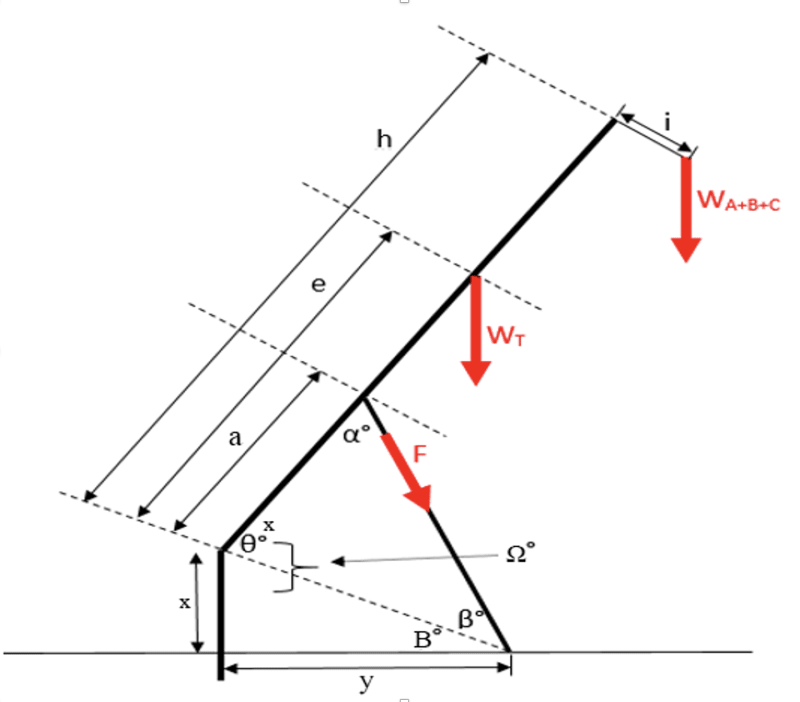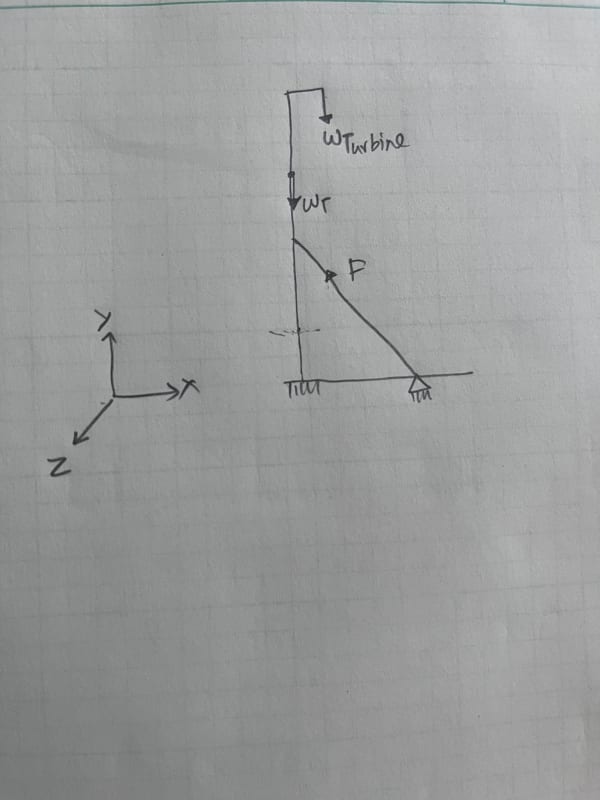technever
Student
- Apr 9, 2023
- 9
I am currently trying to optimize the location of a hydraulic cylinder on a wind tower which is being erected using that cylinder. Just wanted to know how high can the hydraulic cylinder(2) be connected so that the wind effect is ignored or if there is some guidelines which I should follow.



